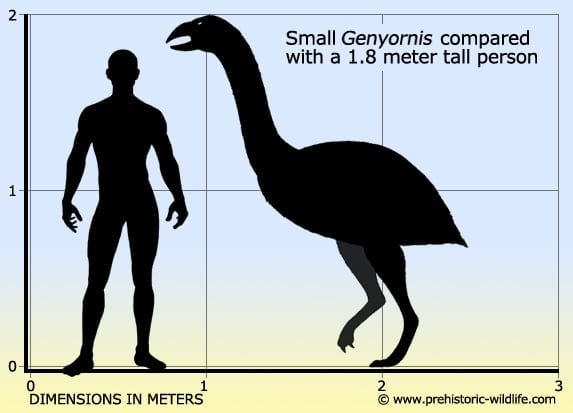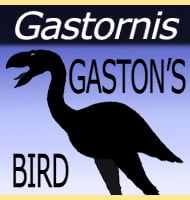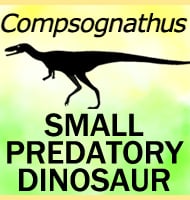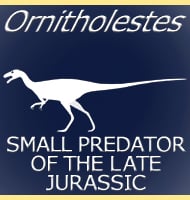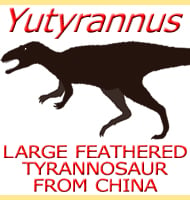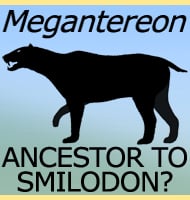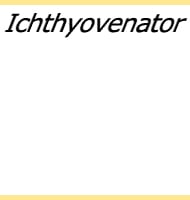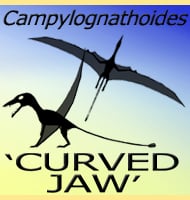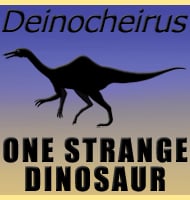In Depth
The beak of Genyornis was sharp and powerful, but unfortunately it is difficult to say what its diet was as it would have been useful for either a carnivore or herbivore. It is also equally possible that Genyornis was an omnivore, feeding from plants but also supplementing its diet by scavenging carrion. This broad dietary interpretation also covers other members of the Dromornithidae group such as Bullockornis and Dromornis.
The temporal range of animals (how long the genus lived for) is usually established by the recovery of fossils and the study of their dig sites. However Aboriginal rock art dated to around just forty thousand years ago depicts birds that are strikingly similar to Genyornis, strongly suggesting that the aboriginal people did indeed live alongside this bird. In fact Genyornis bones have even been found associated with human artefacts indicating the possibility that the early human settlers may have hunted Genyornis. This also lends some support to the theory that much of the Australian megafauna went extinct as a result of hunting and land settlement by early humans.
Further Reading
– The skull of dromornithid birds: anatomical evidence for their relationship to Anseriformes – Records of the South Australian Museum 31(1):51-97 – P. F. Murray and D. Megirian – 1998. – Pleistocene Extinction of Genyornis newtoni: Human Impact on Australian Megafauna – Science 283 (5399): 205–208. – Gifford H. Miller, John W. Magee, Beverly J. Johnson, Marilyn L. Fogel, Nigel A. Spooner, Malcolm T. McCulloch & Linda K. Ayliffe – 1999. – Is the Genyornis egg of a mihirung or another extinct bird from the Australian dreamtime? – Quaternary Science Reviews. 133: 147–164. – Gerald Grellet-Tinner, Nigel A. Spooner & Trevor H. Worthy – 2016. – Human predation contributed to the extinction of the Australian megafaunal bird Genyornis newtoni 47 ka. – Nature Communications. 7: 10496. – Gifford Miller, John Magee, Mike Smith, Nigel Spooner, Alexander Bayne, Scott Lehman, Marilyn Fogel, Harvey Johnston, Doug Williams, Peter Clark, Christopher Florian, Richard Holst & Stephen DeVogel – 2016.
